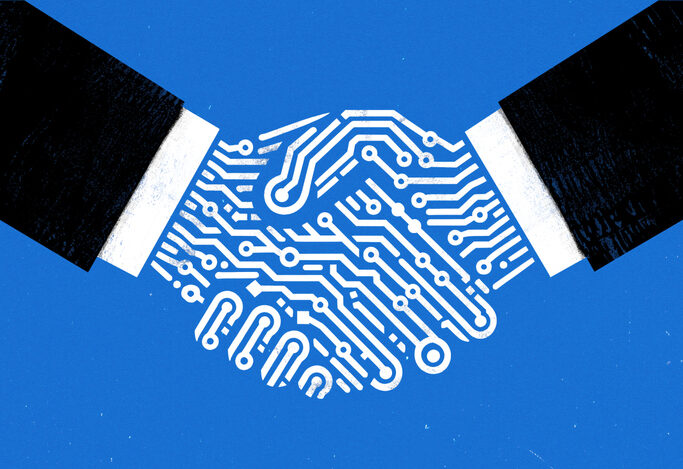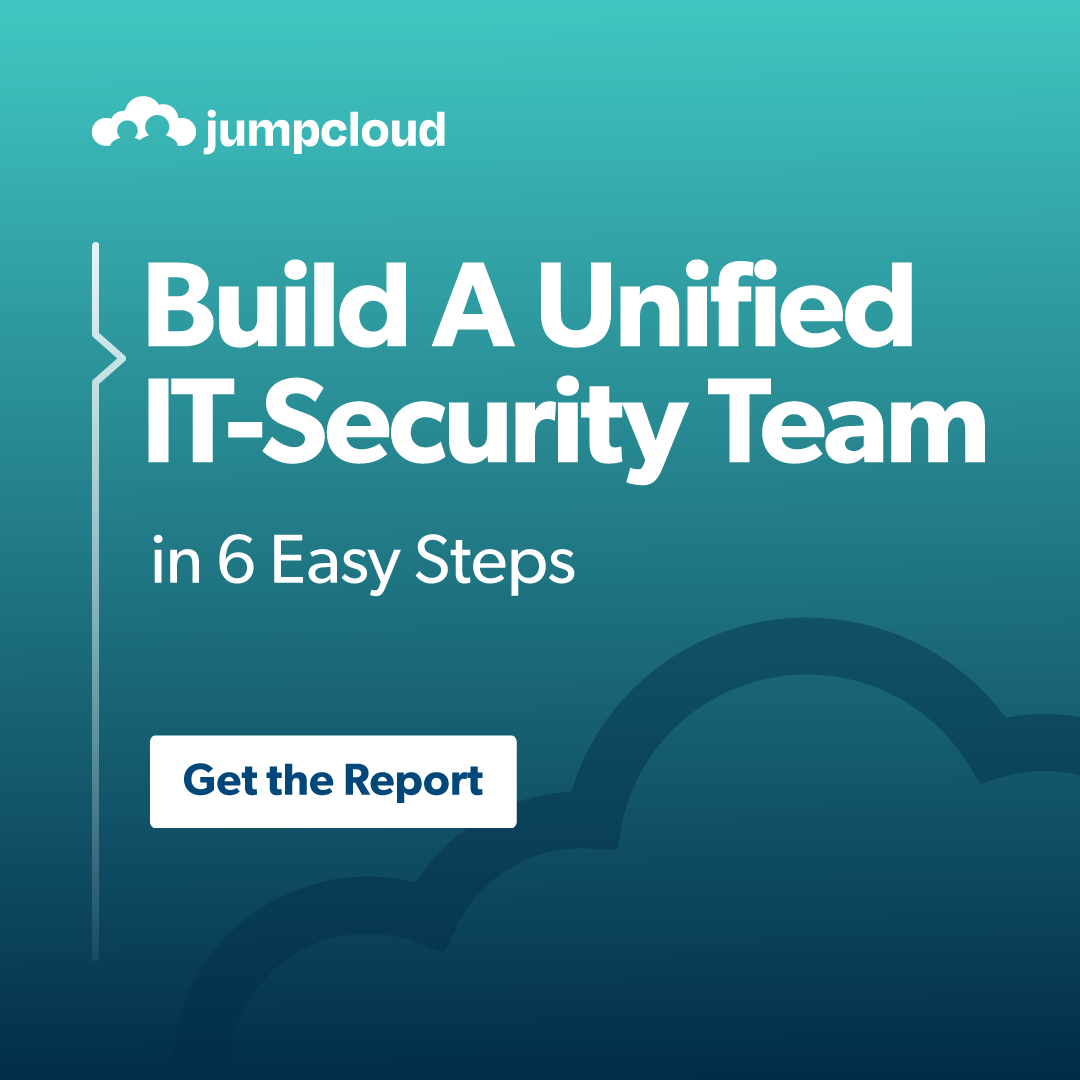Updated on June 30, 2025
Managing digital identities and securing access are critical in today’s cybersecurity landscape. Organizations face a multitude of challenges, including regulatory compliance, minimizing insider threats, and defending against external attacks. Within this ecosystem, two major tools play pivotal yet distinct roles under the umbrella of Identity and Access Management (IAM): Identity Governance and Administration (IGA) and Privileged Access Management (PAM).
While these two tools are integral to any robust identity security strategy, they serve different purposes, target different sets of users, and offer unique capabilities. This blog outlines the fundamental differences and explains how they complement each other in achieving full visibility, control, and compliance over an organization’s identity landscape.
Defining Identity and Access Management (IAM)
At its core, Identity and Access Management (IAM) is the overarching framework for managing digital identities and controlling access to resources. It serves as the backbone of an enterprise’s security strategy, enabling the right individuals to access the right resources at the right time.
Think of IAM as the umbrella under which various identity-focused technologies operate, ensuring secure user authentication, authorization, and lifecycle management. Within this vast framework lie Identity Governance and Administration (IGA) and Privileged Access Management (PAM), each addressing specific aspects of identity security. To understand their individual contributions, let’s break them down.
What is Identity Governance and Administration (IGA)?
Technical Definition
Identity Governance and Administration (IGA) is a comprehensive suite of processes and technologies that combines identity governance (oversight, policy, and compliance) with operational identity administration (user account management and resource provisioning).
Its primary focus is ensuring that all user access (whether human or non-human, privileged or non-privileged) is consistent with organizational policies, compliant with regulations, and aligned with security best practices.
Core Functions of IGA
- Holistic Identity Lifecycle Management: Automates user identity processes, including onboarding, role assignments, transfers, and access termination.
- Access Certifications & Reviews: Conducts automated audits to ensure outdated or inappropriate access is revoked.
- Role Management: Defines and optimizes roles for consistent access control across systems.
- Segregation of Duties (SoD) Enforcement: Prevents conflicting permissions to reduce fraud and human error.
- Policy Management and Compliance Reporting: Centralizes policy monitoring and generates compliance reports for regulations like GDPR, HIPAA, and SOX.
- Entitlement Management: Governs detailed permissions for all applications and systems.
- Access Request & Approval Workflows: Streamlines user access requests with automated, policy-driven approvals.
- Identity Analytics and Risk Assessment: Identifies risky behaviors and anomalies for proactive risk management.
Why It Matters
IGA’s broad scope ensures accountability and reduces enterprise-wide identity risks. By implementing strong governance, organizations can improve efficiency while meeting stringent compliance requirements.
What is Privileged Access Management (PAM)?
Technical Definition
Privileged Access Management (PAM) is a cybersecurity discipline focused on securing, monitoring, and managing highly privileged accounts. These accounts often have elevated permissions with unrestricted access to sensitive systems, applications, and data, making them prime targets for hackers.
Unlike IGA, which governs all identities, PAM narrows the focus to privileged accounts, ensuring they are tightly controlled to reduce the attack surface.
Core Functions of PAM
- Privileged Account Discovery & Management: Identifies and manages privileged accounts (human and non-human) across the organization.
- Credential Vaulting & Rotation: Securely stores and automatically rotates sensitive credentials like passwords, SSH keys, and API keys to prevent shared or weak credentials.
- Session Management & Isolation: Routes privileged sessions through secure proxies, blocks direct access to critical systems, and records activity for auditing.
- Just-in-Time (JIT) Access: Provides time-limited, role-specific access to privileged accounts to reduce risks tied to standing permissions.
- Monitoring & Auditing Privileged Activity: Tracks user actions during privileged sessions for forensic analysis and compliance.
- Threat Detection for Privileged Abuse: Detects suspicious or anomalous behavior to identify credential misuse or compromise.
- Secure Remote Access: Offers secure, monitored access to critical systems for administrators and third-party vendors.
Why It Matters
PAM is essential for protecting the “keys to the kingdom.” By securing privileged accounts, PAM prevents malicious actors (internal or external) from gaining unrestricted access to critical systems.
IGA vs. PAM: A Comparative Analysis
Scope and Focus
- IGA manages and governs access across all identities (privileged and non-privileged) for the entire enterprise, focusing on compliance and security.
- PAM, in contrast, focuses exclusively on privileged accounts with elevated access, mitigating risks associated with critical systems and sensitive data.
Primary Objective
- IGA aims to reduce overall identity-related risk, ensure compliance, and govern access at a macro level.
- PAM is built to prevent breaches, curtail lateral attack movements, and protect sensitive data by strictly managing elevated access.
Key Differentiators
| Feature | IGA | PAM |
| Target User Base | All users | Privileged users |
| Compliance Focus | Access certifications, auditing | Activity monitoring, forensic reports |
| Operational Speed | Lifecycle tasks automated | Real-time privileged session control |
| Risk Management | Identity analytics | Just-in-Time privilege grants |
How IGA and PAM Work Together
- Centralized Governance: IGA provides policies (e.g., segregation of duties rules) that PAM enforces for privileged accounts.
- Privileged Account Discovery: IGA identifies and documents privileged accounts for PAM to manage and secure.
- Audit and Compliance Reporting: PAM generates detailed logs of privileged activity, which IGA uses for compliance certifications and risk assessments.
- Enforcing Least Privilege: IGA ensures employees have only the minimum access required for their role, while PAM adds extra protection for critical system access.
Building a Comprehensive Security Strategy
Organizations cannot afford to implement IGA and PAM in isolation. A robust identity security strategy requires leveraging both tools in tandem to safeguard against modern threats. By understanding their individual focuses, integrating their functionalities, and aligning them to your IAM goals, you can establish a secure, compliant, and optimized access management framework that protects your organization from both internal and external risks.
Organizations should consider JumpCloud to establish a truly secure and scalable IAM framework. JumpCloud offers a comprehensive cloud directory platform that unifies identity, access, and device management, simplifying the complexities often associated with disparate IAM tools. By centralizing these critical functions, JumpCloud empowers IT teams to enhance security, streamline operations, and scale their identity and access management efficiently as their organization grows.





